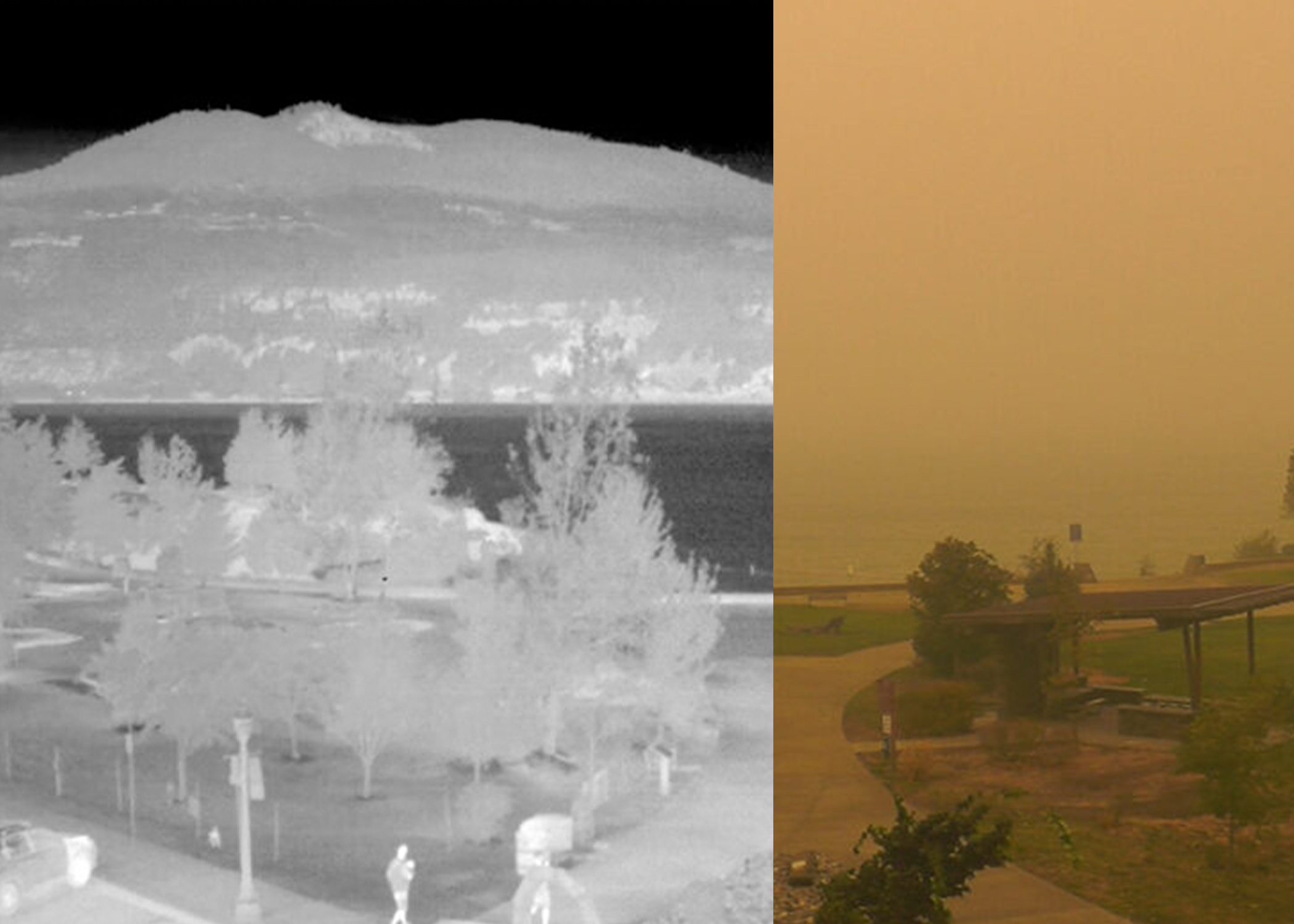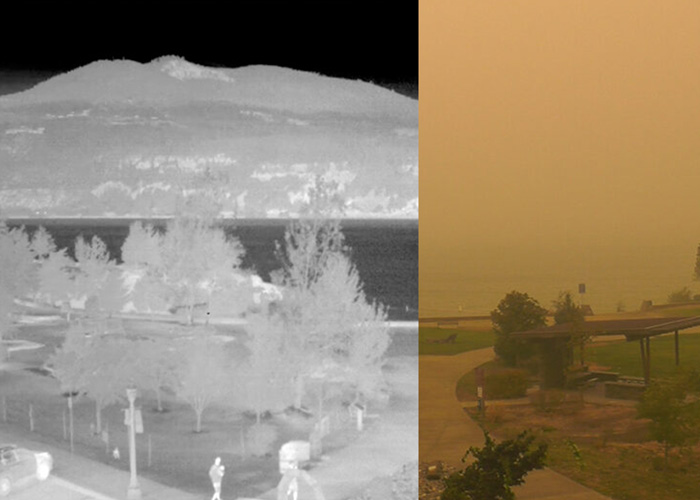Last modified on July 25th, 2024 at 1:04 pm
Thermal Imaging is Bridging the Gap with Night Vision
As the technology of infrared sensors has advanced and become more capable they have bridged the gap between night vision sensors. Thermal imaging, although different technology from night vision, has become useful for vision in low light or in the absence of light. Thermal imaging is changing the way night time surveillance is done in almost every application where night vision is used. Is this episode of our Ask An Expert series we will be going over the technology behind these sensors and their evolving applications and crossover.
Night Vision cameras are considered low light cameras that amplify existing light
The original night vision sensors amplify low levels of light that exist through an image intensifier, or a tube that converts photons to electrons and amplifies their power before converting back to photons. These converted photons produce an image where the light sources are amplified for a more visible image. Advancements in technology has converted these tubes into digital products instead of tubes, but some amount of light is still required. In many cases the light source may be the moon, or a street lamp. You can often tell that a image is produced by night vision because of it’s green tint. This green tint is created by a phosphor screen in the image intensifier. The human eye can differentiate more shades of green than any other color. Since dependent on a light source, there is often less visible contrast spread evenly throughout the image.
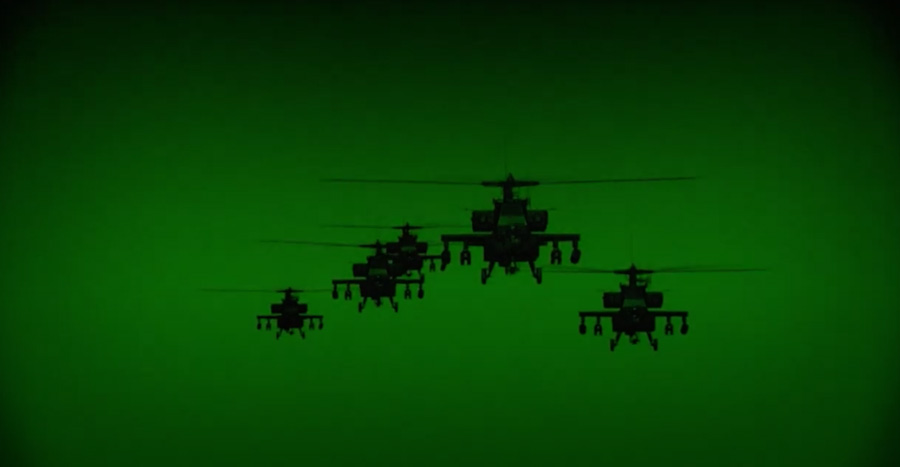
Infrared will work the same in all situations regardless if there is light source or not
Infrared cameras operate by sensing emitted radiation from an object, not light. Where night vision will succeed or fail based on the amount of light available it can detect, infrared can still detect emitted radiation in completely dark room. Thermal imaging has become less expensive, smaller in size and improved its image quality to a point where it can be considered instead of the traditionally used night vision. For example, the Tenum 1280 is an HD sensor that is the size of a few double AA batteries stacked together. Sierra-Olympia attaches a high quality lens that is small enough to fit inside a pair of goggles for an HD Low-SWaP system. Surveillance and portable applications have been incorporated by the military and placed into augmented vision headsets for a soldier or aerial and vehicle mounted systems.

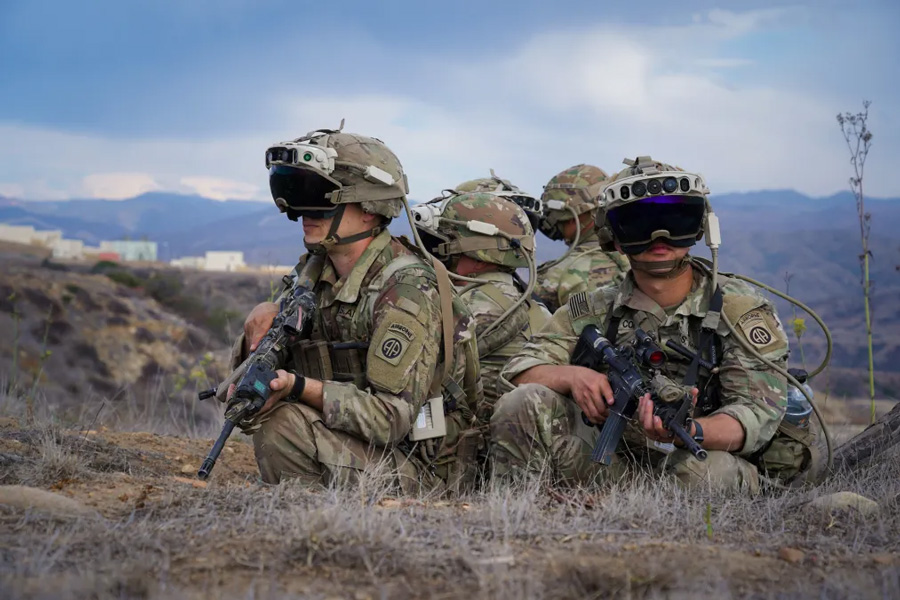
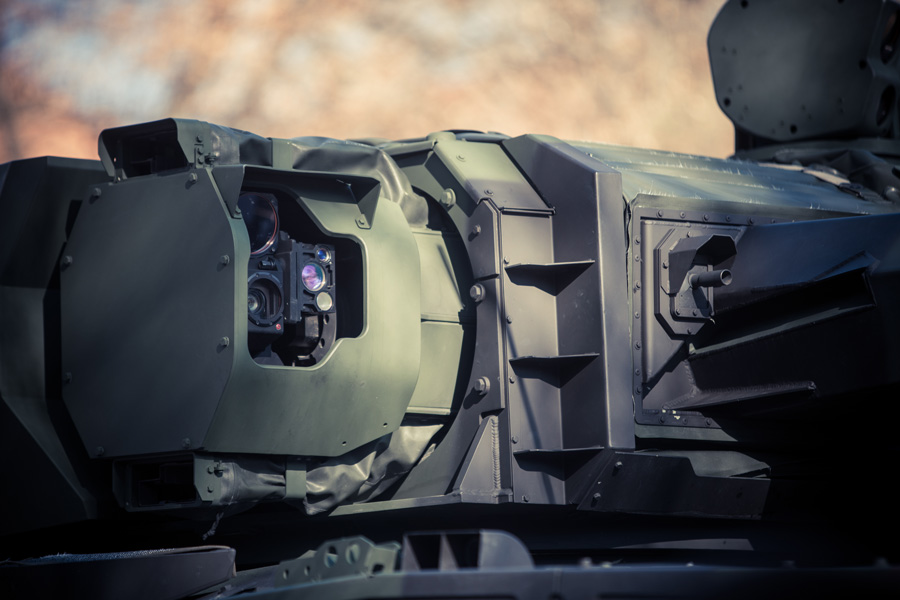
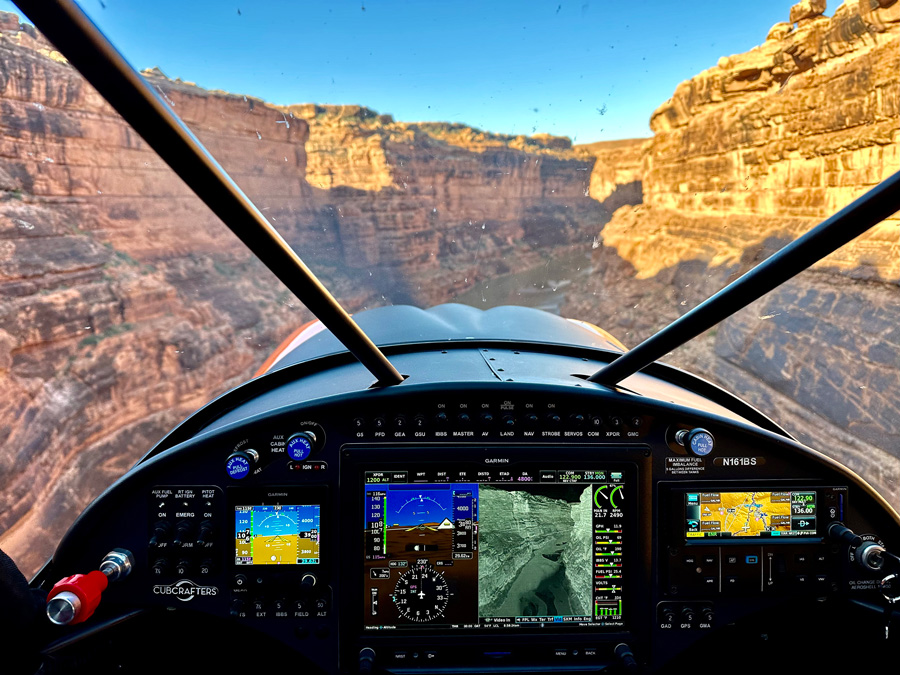
Distance Can Become a Factor With Night Vision
The biggest advantage thermal imaging has over night vision is the ability to see at a distance. Night vision can excel at visualizing distances under an estimated 550 meters if you have good equipment, approximately 600 yards. Thermal imaging is ideal for longer distances that may be needed when surveilling airports, harbors, rail yards or train depots, borders or other sensitive areas of land. Some of our cameras can see over 30km in distance. You can see the detection, recognition and identifying(DRI) table below for our long range product line.
| Vehicle | Human | UAV | |||||||
|---|---|---|---|---|---|---|---|---|---|
| Detect | Recognize | Identify | Detect | Recognize | Identify | Detect | Recognize | Identify | |
| Ventus HD6-0.6 | 33.3km | 26.8km | 22.5km | 25.6km | 10.6km | 6.8km | 10.5km | 4.7km | 3.3km |
| Ventus HD6-Fixed | 31.0km | 22.6km | 17.0km | 23.0km | 7.0km | 4.4km | 7.0km | 3.0km | 2.1km |
| Ventus HD6-2.4 | 22.5km | 10.7km | 7.3km | 13.1km | 2.9km | 1.8km | 2.9km | 1.2km | 0.8km |
| Ventus Hot 900 | 28.7km | 21.3km | 16.4km | 21.1km | 6.9km | 4.3km | 7.0km | 3.0km | 2.0km |
| Ventus Hot 690 | 27.0km | 18.3km | 13.2km | 19.2km | 5.4km | 3.3km | 5.5km | 2.3km | 1.5km |
| Ventus Hot 300 | 19.1km | 8.7km | 5.9km | 10.8km | 2.3km | 1.4km | 2.4km | 1.0km | 0.7km |
| 300 LRB | 16.2km | 8.4km | 5.8km | 9.9km | 2.3km | 1.4km | 2.3km | 1.0km | 0.7km |
| 75 LRB | 5.4km | 2.3km | 1.6km | 2.8km | 0.6km | 0.4km | 0.6km | 0.3km | 0.2km |
Thermal Vision cuts through the Fog and Smoke
Thermal imaging has an advantage in weather. It has the ability to see through fog and smoke. It can increase a pilots situational awareness in inclement weather when landing on runways, or fighting wildfires. Additionally, the cameras can detect the hottest spots of a fire, aiding in the ability to fight or control forest fires from the air, or when mounted to a vehicle. A thermal imagers ability to detect a living being in hazardous situations makes it the perfect tool for search and rescue missions. It can be so effective at detecting living beings that the Landcare Research Group in New Zealand uses it to detect certain species of Wallabies that are hard to see in even the best conditions.
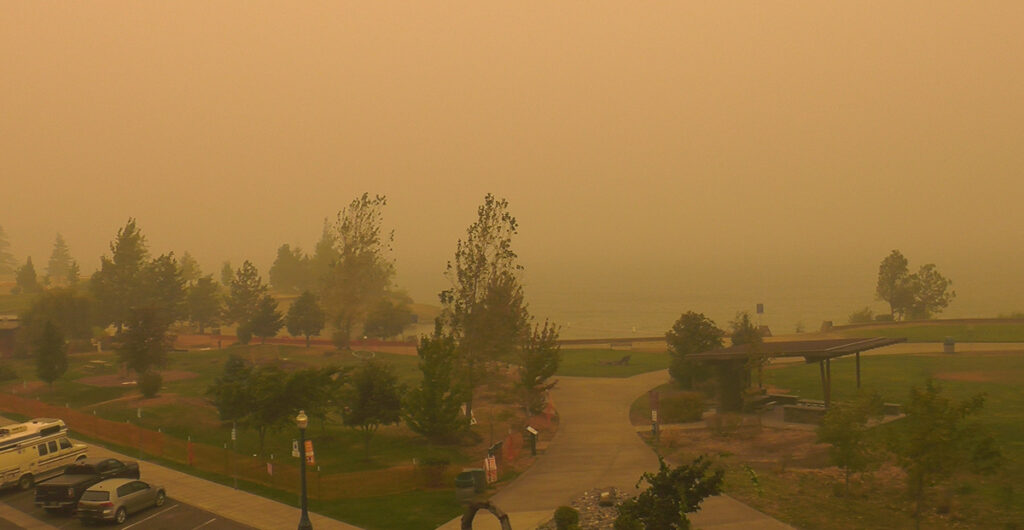
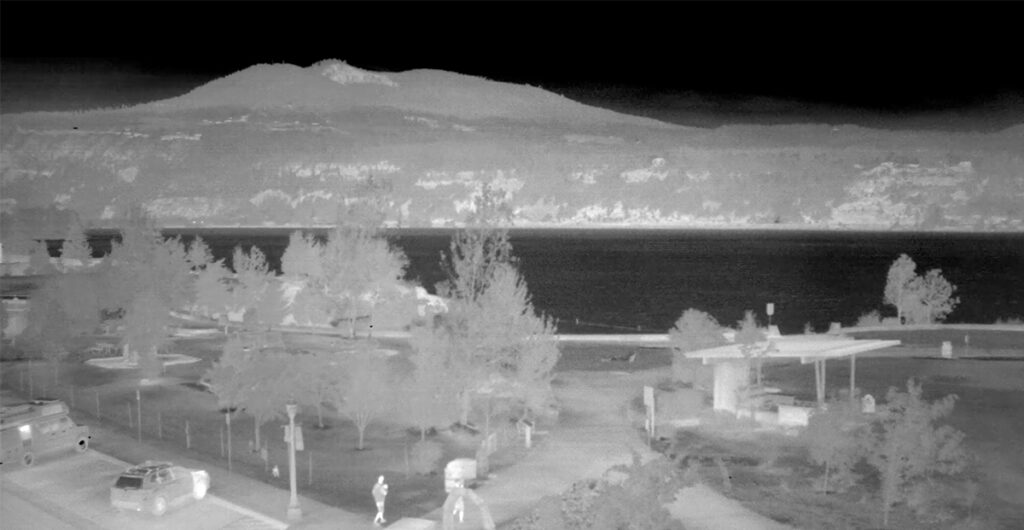
In recent years thermal vision technology has become advanced enough where it may provide a better solution in certain situations than night vision. Small, compact thermal imaging components have the ability to create HD images of your surroundings in more situations, which can give your mission a higher probability of success.

